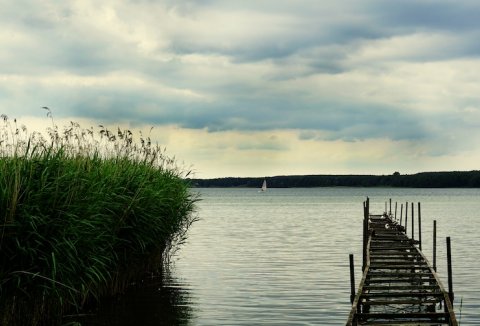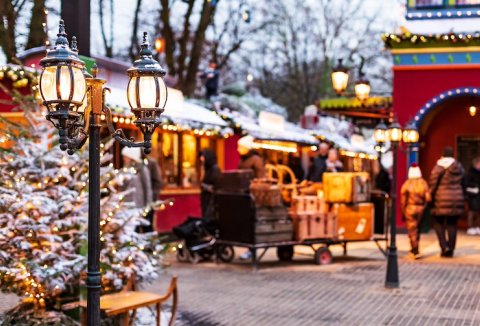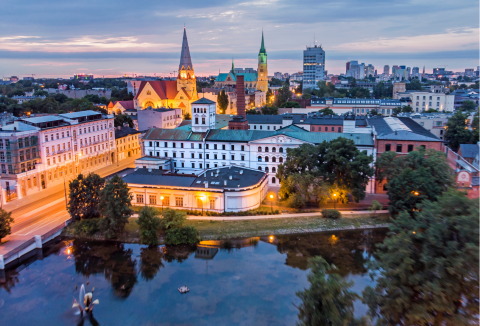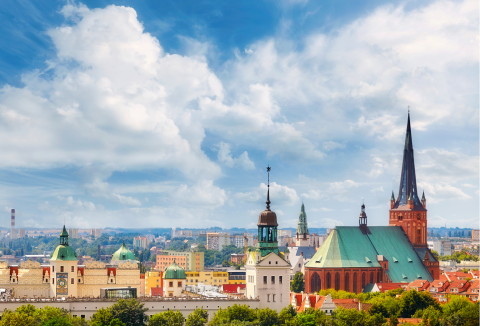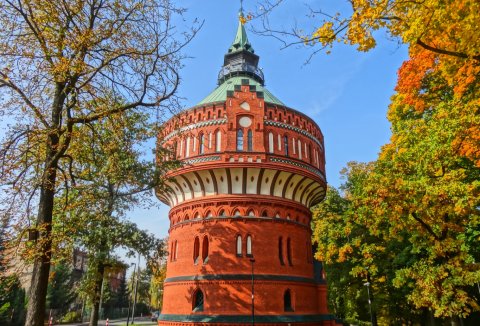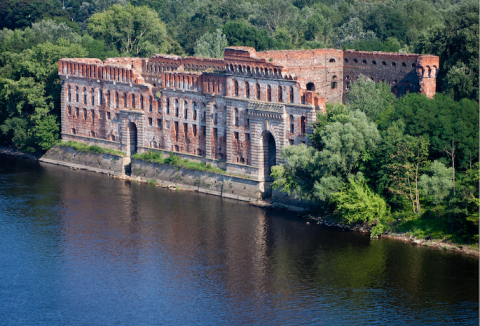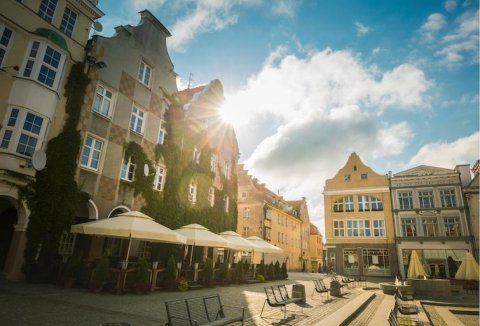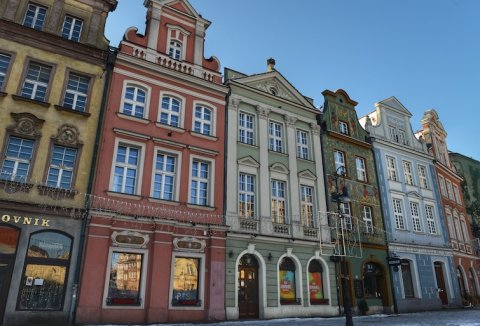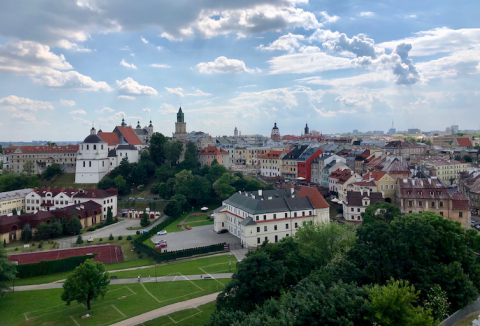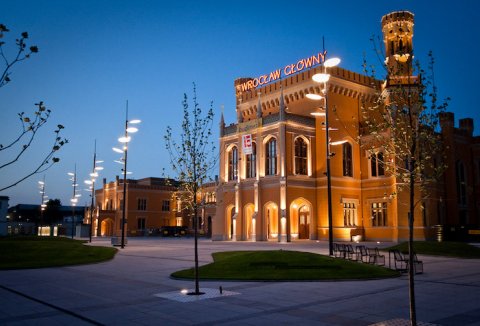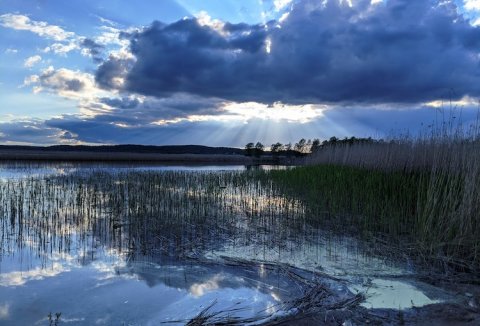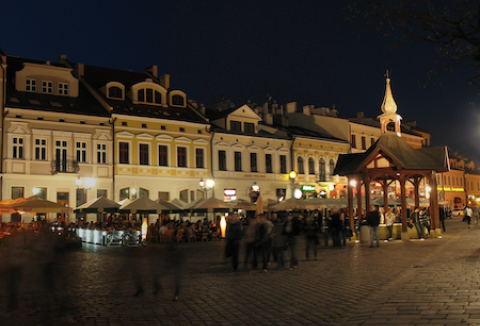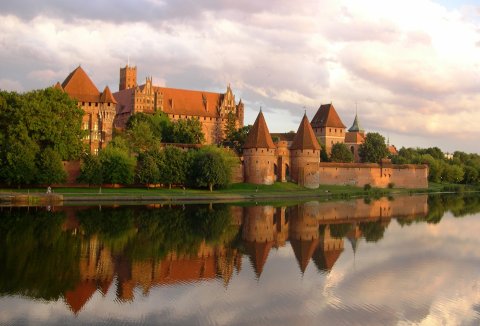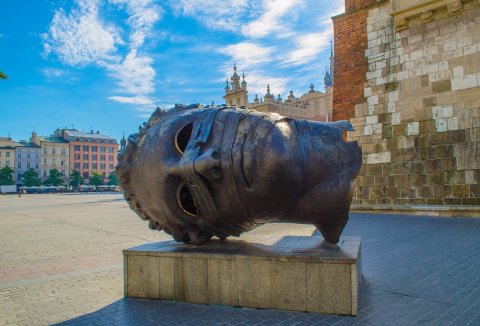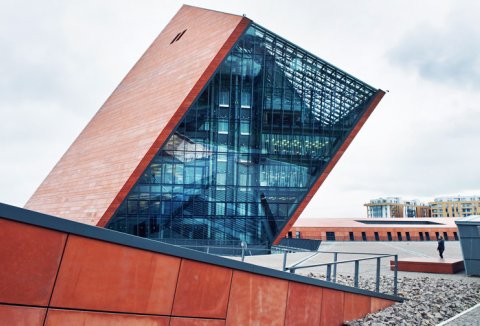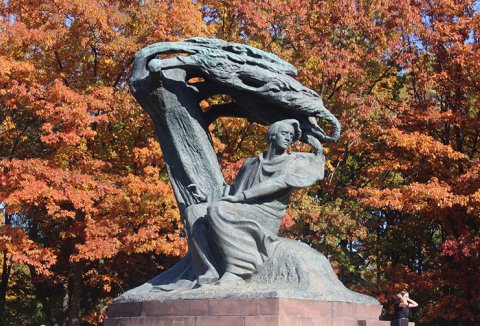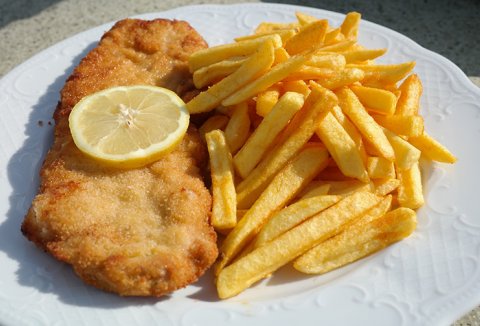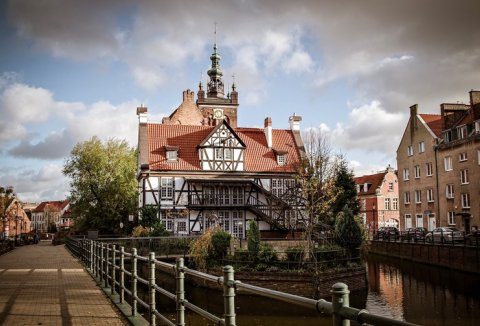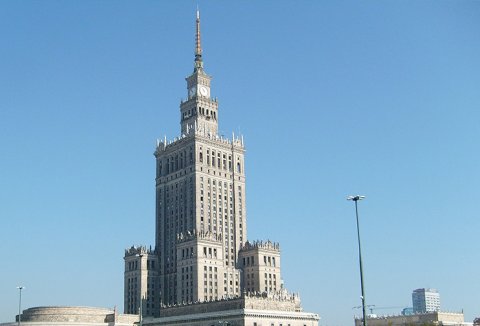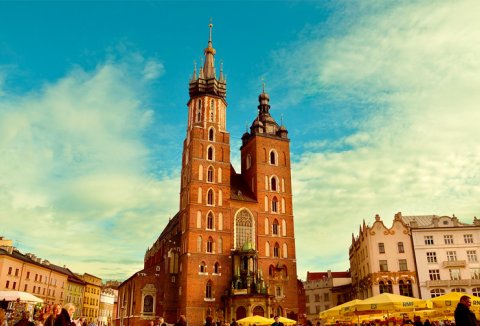Corpus Christi in Poland – a Spiritual and… Touristic Holiday!
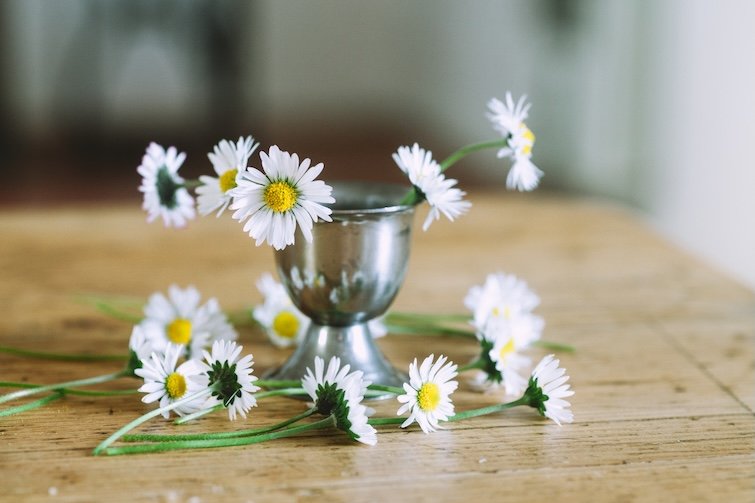
Corpus Christi always falls on a Thursday, which makes it easy to turn it into a long weekend by taking Friday off. It’s the perfect time for a short getaway – to the mountains, a lakeside retreat, or a town where you can witness extraordinary processions. Year after year, more and more people combine spiritual reflection with discovering new places and flavors of Poland. No wonder roads and resorts get crowded – Corpus Christi has become a symbolic start to the summer travel season.
What is Corpus Christi and where does it come from?
Corpus Christi, or the Solemnity of the Most Holy Body and Blood of Christ, is one of the most important Catholic feasts. In Poland, it has been celebrated since the 14th century – initially in cities and later also in rural areas. The holiday was introduced into the liturgical calendar after the visions of Blessed Juliana of Cornillon, aiming to emphasize the real presence of Christ in the Eucharist. To this day, it remains one of the most visually striking events in the liturgical year.
Processions with a touch of history
Every year, the faithful leave churches and walk through city streets and village lanes in solemn processions. They carry the monstrance, sing hymns, and stop at four altars symbolizing the four Gospels. These processions date back to medieval times, when public expressions of faith also served social and educational purposes. Participating in these events strengthens local bonds and reminds people of the deep roots of religion in everyday life.
Corpus Christi in the countryside – folk traditions
In rural Poland, Corpus Christi is often intertwined with old folk rituals. In some regions, people bless herbs and flowers, later using them to smoke their homes and fields to ensure good harvests, health, and protection from storms. A characteristic element is the presence of children in white robes, scattering flower petals – not only a charming image, but also an echo of ancient Slavic nature worship. Many of these customs have survived to this day, especially in regions like Lesser Poland and Subcarpathia.
Faith and art – flower carpets in Spycimierz
One of the most iconic symbols of Corpus Christi is the flower carpets – especially those in Spycimierz. This small village in central Poland has been creating colorful compositions of flowers, leaves, and grasses for over 200 years. The tradition attracts thousands of tourists and pilgrims every year, and residents spend days preparing their designs. In 2021, it was inscribed on UNESCO’s list of Intangible Cultural Heritage as a unique example of religious and artistic community tradition. Watching the procession walk over these floral tapestries is a truly mystical experience.
Corpus Christi in the city and the mountains
Although this feast is mostly associated with villages, remarkable processions also take place in cities – such as Kraków’s Old Town or the streets of Gdańsk. In Zakopane, highlanders in traditional attire carry regional banners through mountain scenery. In Lublin, the procession winds through the historic Old Town, blending religious symbolism with a dramatic historical backdrop. Each of these places adds local color to the celebration – showing how this one holiday can be both universal and beautifully diverse. In Poland, Corpus Christi is not only about religion – it’s also about history, art, and… travel inspiration.










